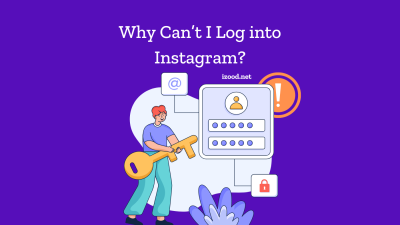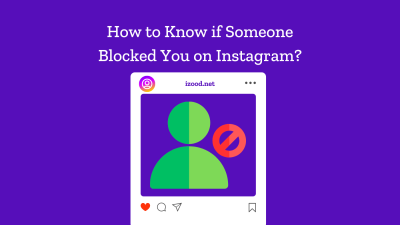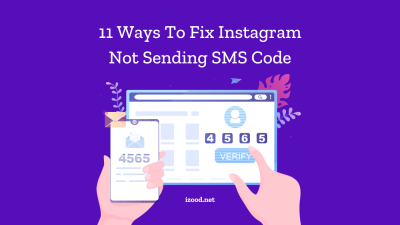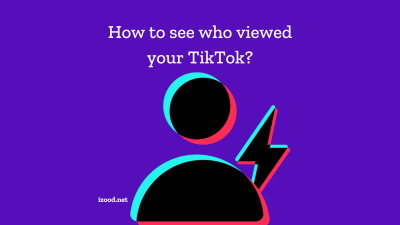
Conversion rate optimization (CRO) is everything you do to increase the percentage of your website visitors who complete a desired action. This could be anything from filling out a form to buying something.
In other words, it’s all about getting the most out of your existing traffic and turning those browsers into buyers. As we move into 2024, changes in consumer behavior and technology will continue to shape the way we approach CRO. To stay ahead of the curve, here are five of our favorite conversion rate optimization strategies for the next year.
5 Conversion Rate Optimization Strategies
1. Talk to your customers
We aren’t saying anything new here, really. If you asked 100 marketing leaders and business owners how they increase conversions, 100 of them would say, “know your customers.” However, the reality is that not everyone follows this advice. CRO is about understanding the wants and needs of your target audience, and the best way to do that is by actually talking to them.
- Surveys
- User testing
- Focus groups
- Social media listening
These are all great ways to gather valuable insights from your customers and use that information to improve your website and increase conversions. Plus, it shows your audience that you care about their opinions and are actively trying to make their experience better.
2. Personalize your web experience in real time.
Four out of every five online shoppers say they’re more inclined to make a purchase when the retailer personalizes their experience. However, asic psychology tells us that, in reality, that figure is closer to 100%. With a customer data platform (CDP), you can gather consumer behavior data. By integrating it with your website, you can use this data to personalize each visitor’s experience automatically.
Let’s say someone visits your website, clicks on a few products, then exits. Alone, the data would tell you this customer’s interests. Integrated with a CDP, you could configure it to automatically present those items and similar ones when the visitor returns. Small changes like these make the experience a lot more personal. The more customers see what they love, the faster they’ll convert.
3. Assess your site’s points of friction.
Friction is anything that slows down or stops a customer from completing their desired action. This is usually unnecessarily long checkout processes, confusing navigation, or slow page loading times. To find them, here are a few places to look:
- Which FAQs are looked at most often
- Scroll depth and heatmap reports
- Search queries on your website
- Purchase funnel drop-offs
In addition to improving your site’s overall search engine performance, fixing these issues will help more of your site visitors complete their purchases.
4. A/B test your entire purchase journey.
A/B testing is common practice in CRO, but you shouldn’t just test a few CTA buttons or major elements. You should literally test everything.
- Photos: Add interactive elements, experiment with more/less product photos on each page, and explore different angles and lighting.
- Descriptions: Try adding different levels of detail to descriptions, product specs, or the About Us page.
- CTAs: Test different button colors, locations, and animations to see what gets users to click through.
- Reviews: See which types of features mentioned in reviews customers respond best to. Test product placements, too.
5. Post your user-generated content.
User-generated content (USG) is highly successful at conversions. Customers are more likely to trust recommendations from real people than any other form of marketing. Nine out of 10 consumers say UGC is influential when making a purchase decision. This is also an easy way to engage your active customer base.
All you need to do is collect customer reviews, photos, and videos. Ask customers to tag you on social media using your social media handle when they use your product or service. Then repost them on your website and other marketing channels.
Endnote
CRO is always evolving, and it’s important to stay ahead of the curve. By implementing these five strategies in 2024, you’ll improve the customer experience and, ultimately, sell more. Out of these five steps, personalization should be your first priority. Customers are expecting it and your competitors deliver it, so you’ll lose without it.











